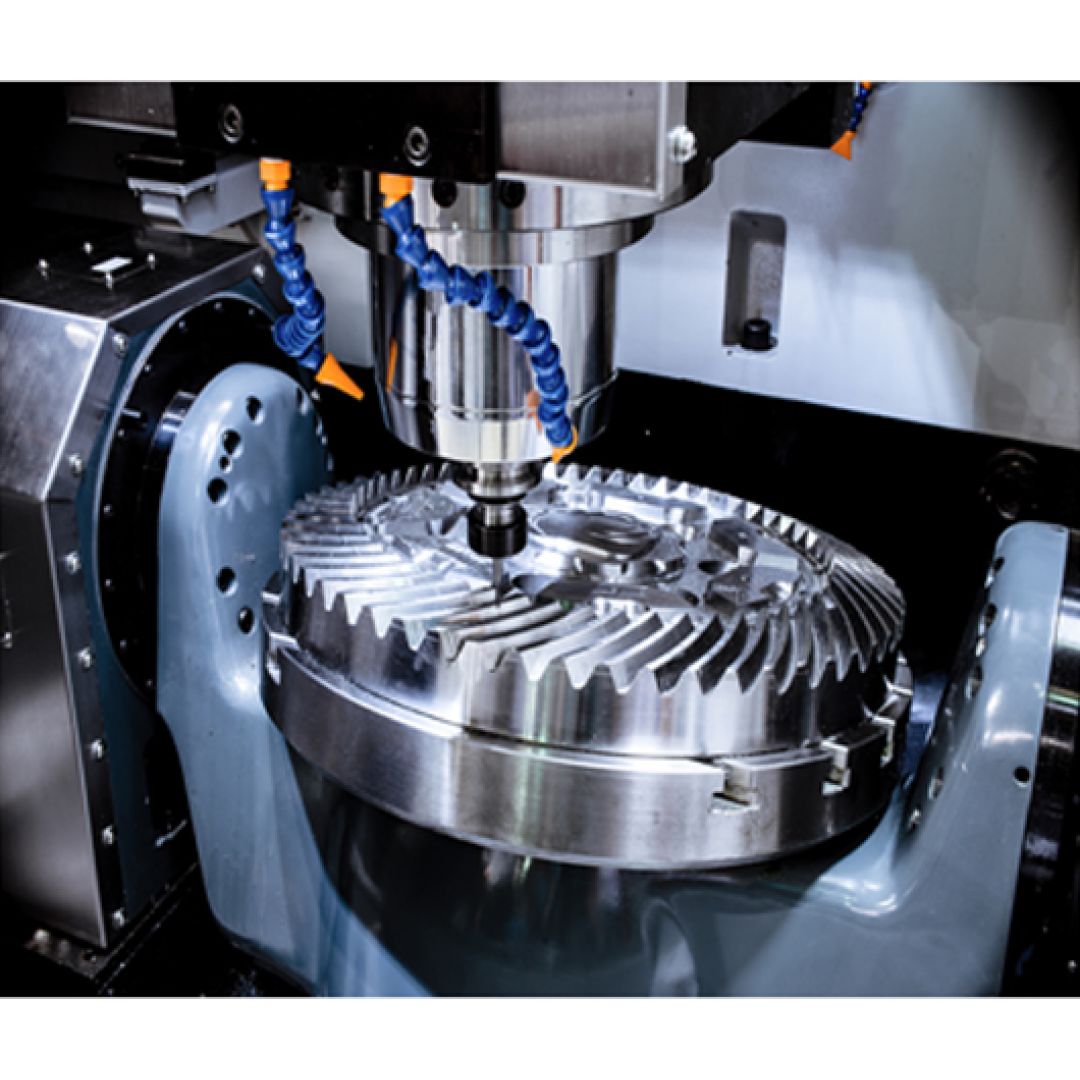
Introduction
Central numerical control machines otherwise known as CNC machines, have become an integral part of manufacturing processes. Not only are these machines programmable, but they also consist of multiple tools that allow them to mill and process various materials such as wood or metal. This allows CNC machines to produce a wide variety of final and refined products that have been machined with the utmost accuracy and precision. In this article, we will be covering the various types of CNC machines that are currently available on the market today. In specific, we will be identifying the various types as well as outline a few key characteristics to help you differentiate and better understand CNC machines as a whole. With that being said let’s take a look at the different types.
The Different Types of CNC Machines
Machine #1 - CNC Turning & Milling Centers
The first type of CNC machine is referred to as CNC turning centers or CNC mills. Most CNC mills and turning centers have a wide array of functions, such as face milling, shoulder milling, tapping, drilling and turning. They are also optimal for processes resembling drilling or cutting. Utilizing a cylindrical tool for cutting, a CNC mill can rotate in multiple directions. This makes a CNC mill more versatile when compared to traditional drills. In addition to that, a CNC mill provides the user the capability to create a multitude of slots, holes and shapes. This is largely attributed to the fact that on a CNC mill a workpiece can be moved across the milling tool in the desired direction. This gives the mill more design capabilities when compared to other tools such as a drill which can only achieve a single axis motion.
Additionally, these turning centers and mills can either come in a horizontal (HMC) or comparatively, vertical orientation (VMC). The benefit of these machines stems from their versatility and capabilities in machining different materials and workpieces. Finally, given the nature of the materials that turning centers and mills work with, CNC mills most commonly operate at slower speeds in order to optimize production efficiency with minimal damage.
Machine #2 - CNC Lathe
The next commonly used CNC machine/tool is the CNC lathe. A lathe is designed to cut workpieces while they rotate which implies that they are designed to be extremely accurate and precise. Given that they have fewer axis than CNC turning centers, makes lathes relatively smaller when compared to the other machines mentioned on this list. Additionally, the benefit of a CNC lathe is that they can be easily programmed and loaded with CAD files. This allows engineers to easily create complex tools and parts with ease in a more automated process.
Machine #3 - CNC Router
Similarly to the functions of a standard CNC machine or mill, a CNC router is optimal for machining workpieces made of softer materials. Unlike CNC mills and turning centers, routers most often function at high speeds which is optimal in order to properly machine the softer materials it works with. Routing in general is a fairly common production method which is heavily relied on in manufacturing processes such as metal/woodwork, signage, moldings, thermoforming, and much more. Routing is also greatly effective for accurate cuts that require a high level of precision.
Machine #4 - CNC Plasma Cutter
A CNC plasma cutter is a great tool that is ideal for cutting heavy duty materials. Its functionality and unique usage of using a plasma torch allows the plasma cutter to cut through electrically conductive materials by means of an accelerated jet of hot plasma. In terms of the gas that is used, more often than not argon gas is used when plasma marking while a mixture of Argon and Hydrogen is often used when cutting thicker materials. In some circumstances other mixtures such as Hydrogen and Nitrogen, or Methane and Nitrogen are utilized when cutting thinner material. All in all, If you are working with specific materials such as steel, stainless steel, aluminum, brass or copper, a plasma cutter may be an ideal option for you.
Machine #5 - CNC Laser Cutter
Lastly, the final machine we have on our list is the CNC laser cutter. Similarly to a plasma cutter, a cnc laser cutter operates in the same exact way but instead of using plasma, utilizes laser to achieve precise cuts. More specifically, a cnc laser cutter works by directing the output of a high-power laser most commonly through optics in order to achieve the desired final product. In particular, CNC laser cutters excel at cutting workpieces that are made up of plastic, hardwood, and metal.
Choose The Right Supplier!
At Gizmo Machine Tools, we currently have a variety of options if you are looking to buy a used CNC machine for your business.
As a Canadian corporation we service internationally in buying, selling and trading of machinery. With over 18 years of experience in the manufacturing industry our company focuses on providing customers with an alternative to expensive new machinery, when tooling up for a job or replacing existing capital equipment. If you have any questions or require assistance feel free to contact us today and we would love to help!
